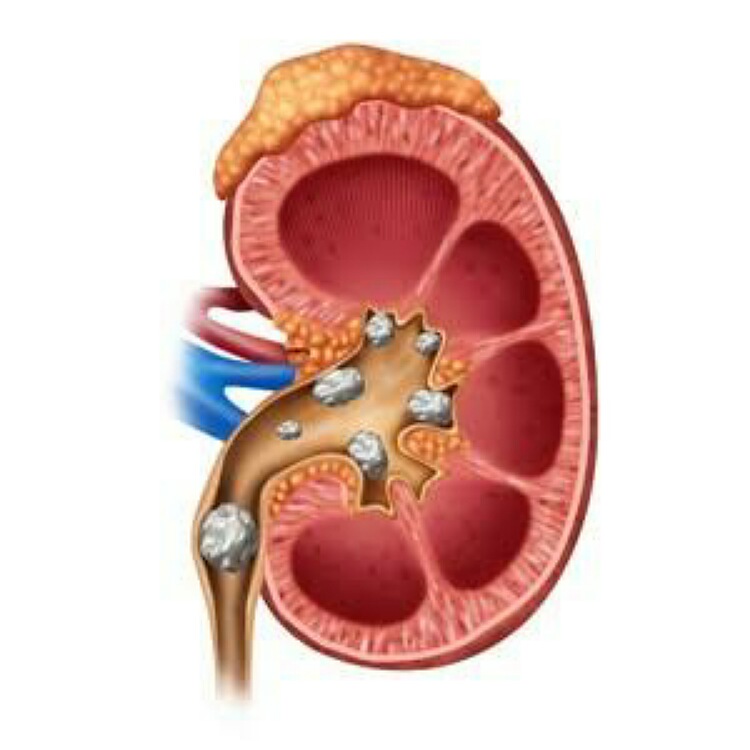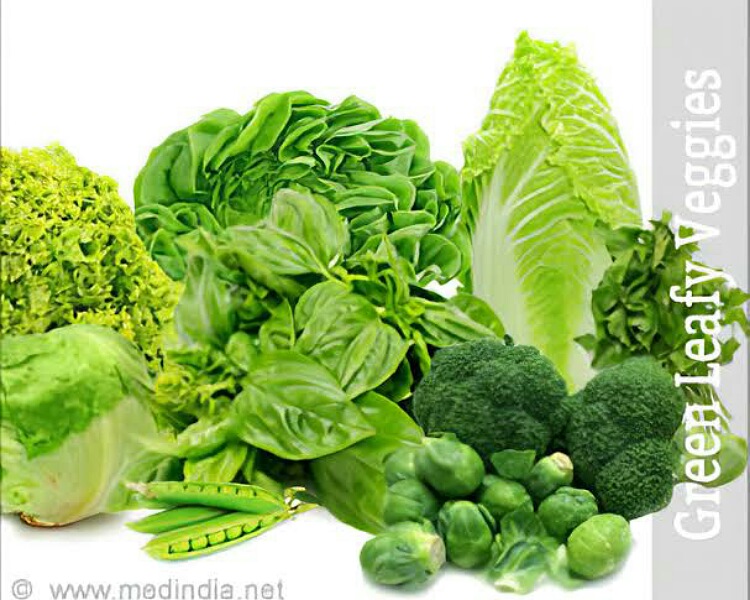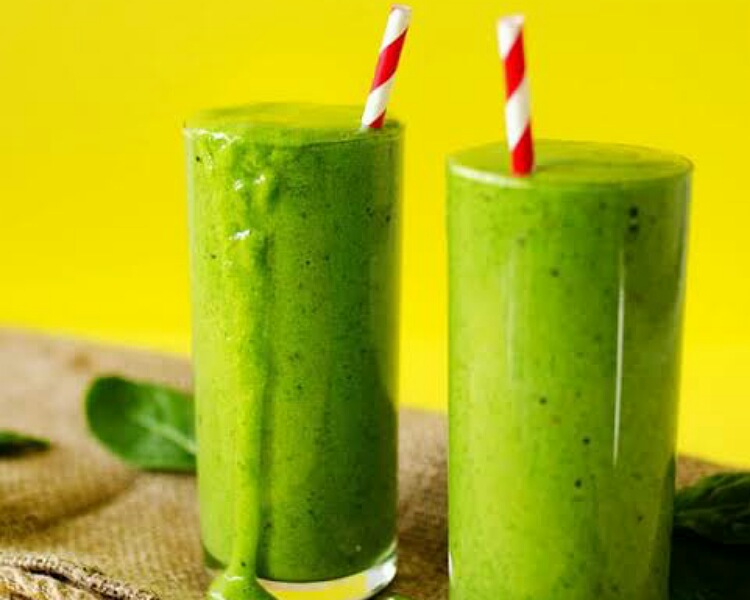Kidney stones are formed in a significant number of the population irrespective of age.
They cause a lot of morbidity. Complications can occur and the patient might need hospitalizations, antibiotics, and surgical interventions. All this increases the health budget.
These stones are of different kinds chemically. Most common are the calcium oxalate renal stones. What diet should patients with this renal stone follow?
Kidney stones and the causes
Often, kidney stones form in some patients. They cause intense pain and blood in urine or hematuria. If large, they may cause obstruction to flow of urine and if left undiagnosed or untreated, renal failure results.

The stones form due to different reasons. These include genetic, drinking less water, too much of exercise, sedentary lifestyle, too much salt consumption on a daily basis, eating too much of sugary items, high intake of calcium, obesity, weight loss surgery or eating too much of protein daily with less vegetables.
The stones have different chemical composition. But the most common is that made of calcium oxalate. Ideal foods to consume depends on the type of renal stone. For calcium oxalate stones, what foods to take?
Calcium oxalate renal stones and best foods
Expert dietitian, Sydney Greene states:
“the best foods to eat or avoid when experiencing kidney stones depends on the type of kidney stone you are dealing with.”

For calcium oxalate stones the best food combination is calcium rich and oxalate rich foods. Sydney asserts:
“One of the best dietary changes to make if experiencing these types of kidney stones is to eat calcium-rich foods with oxalate-rich foods,”
“When consumed together, the calcium and oxalate are more likely to bind to one another before entering the kidneys.”
The National Kidney Foundation says oxalate is in ample quantities in fruits, vegetables, grains, legumes, nuts, and seeds. And calcium is found in dairy products.
A misconception
When a person gets calcium oxalate renal stones, he or she believes that all oxalate and calcium from foods should be eliminated. This might be theoretically right, but in practice this is not the healthy way.
In fact, a diet low in calcium increases the chances in a person to develop renal stones of this type. Therefore, recommendation is not to reduce calcium.
The person must continue to take normal amount of calcium daily in foods. Instead the person should cut back on sodium in the food.

Also, read What is the rice diet? Origin, potential benefits and risks
When calcium and oxalate rich foods are consumed, they bind to each other in the intestine itself. Hence there is less for the kidneys to process and excrete.
This lowers the risk of forming renal stones of calcium oxalate. Sydney adds that there are different ways that one can combine these foods in their daily diet.
For instance, one can take green smoothies. Spinach has high amount of oxalate in it. And for calcium use dairy milk, kefir made from cow’s milk, of nut milk that had calcium fortification.
